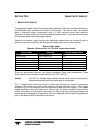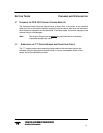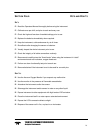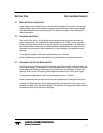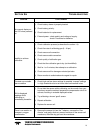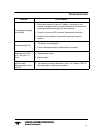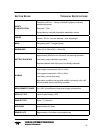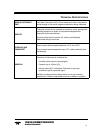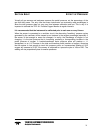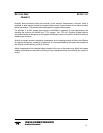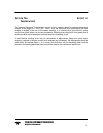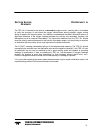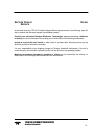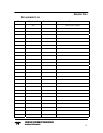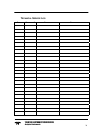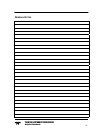
22
TELEDYNE ELECTRONIC TECHNOLOGIES
Analytical Instruments
S
ECTION
E
IGHT
E
FFECT OF
P
RESSURE
Virtually all gas sensors and analysers measure the partial pressure, not the percentage, of the
gas that they sense. The only time that these instruments can accurately read percentages is
when the total pressure does not vary over time between calibration and use. This is why it is
important to calibrate the TED 191 Portable Oxygen Monitor at regular intervals.
It is recommended that the instrument be calibrated prior to each use or every 8 hours.
When the sensor is connected to a ventilator circuit, the alternating "breathing" pressure cycles
generated by the ventilator will be sensed as an increase in the oxygen percentage (especially if
the sensor is fast enough to sense the changes). In reality, the percentage of oxygen is not
changing; it is the total pressure that is increasing, producing a corresponding increase in the
partial pressure of oxygen. A hundred-centimeter water pressure pulse will produce a .11
atmosphere, or an 11% increase in the total and therefore partial pressure of oxygen. Assuming
that the sensor is fast enough to track this pressure pulse, an unpressurised reading of 50%
oxygen will increase to 55.3% if the sensor is subjected to a pressure cycle of 100cm H2O. The
reading will rise proportionally less for smaller pressures.



